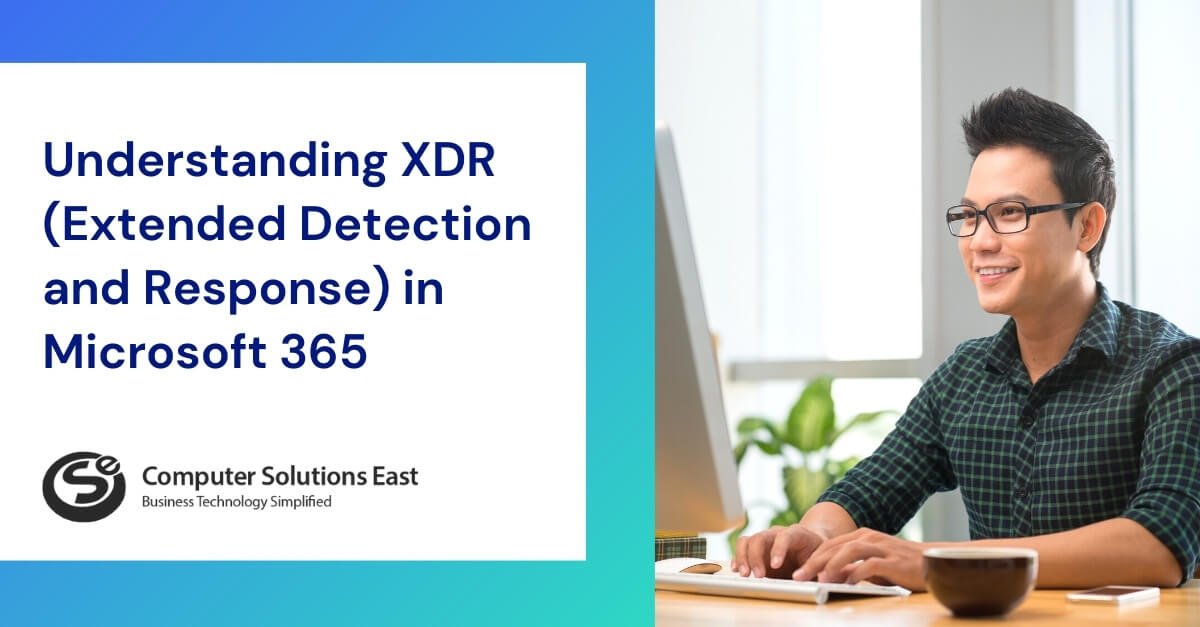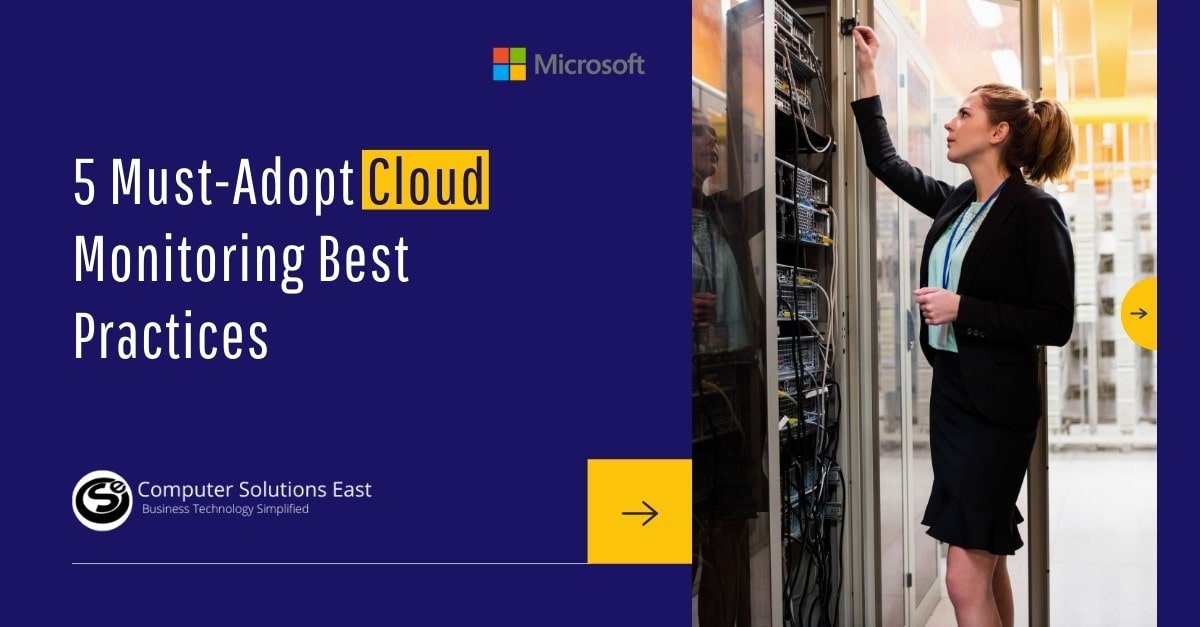Understanding Managed Detection and Response Service with right strategy
If one thing has taught us over the last decade, this transition takes place quicker than expected. Looking at the current business, we have seen systems becoming more flexible, more containerized, and introducing innovative ways to exchange and process data. Furthermore, infrastructures are widely deployed through multi-cloud hybrid ecosystems.
What is Managed Detection and Response?
MDR is a sophisticated managed security solution that includes threat information, threat hunting, security management, incident analysis, and information security. This is in contrast to conventional MSSPs, which offer just security monitoring alerts.
Managed Detection and Response detects threats more thoroughly than conventional MSSPs, which depend heavily on rules and signatures.
MDR also uses Artificial Intelligence (AI) and Machine Learning to analyze, auto-contain risks, and coordinate action in order to provide a quicker response.

MDR refers to outsourced cybersecurity services that are intended to safeguard your data and assets even when a threat evades conventional corporate security measures.
An MDR security platform is a sophisticated 24/7 security control that often covers a variety of basic security tasks, such as cloud-managed security for companies that lack the resources to operate their own security infrastructure. Managed Detection and Response services use sophisticated analytics, malware detection, and human experience to perform incident investigation and management at the host-based level.
- Aligning your safety plan with business.
- Protecting digital users, assets, and details.
- Managing your safety from prevailing threats.
- Upgrading your safety using a free, multi-cloud network.
MDR Services Help Face Growing Threats
The protections are only as strong as your exposure. An ideal response service provider would do more than merely track, deter, and respond to threats; they must help you control the environment better.
Asset Inventory
Threat management involves knowing and recognizing your assets and their relative value for your business sector for a successful implementation. You can try searching managed IT services me’ to find a close and reliable internet security provider to bring the most common controls for necessary hardware and software inventory. Enterprise CISOs must prioritize the most valuable assets and prioritize which warnings should first receive attention and which hosts should have the most aggressive defense policies. The same should be supported by the MDR strategy at various levels to follow a standardized response approach.
Prioritizing your key assets allow you to figure out how to plan your response playbooks. For instance, a server warning is more relevant than a workstation alert. However, if the server is isolated, you must balance the risk of a server-based menace with the effect of delaying key business functions. In such cases, your security provider might have to delete one workstation from the network, but what if it is the system that the CEO uses?
This is why it is critical to ensure a robust asset inventory benchmark to detect any visibility or control gaps coupled with priority and response management. It is better to have your managed security service provider rub the EDR tools for legacy reasons. They can also choose to append it to the current systems if you have no control over your network’s asset or part to respond to a threat.
When it comes to working with customers having a global reach, you frequently work with more than one team or issue resolving group, depending on their venue. Ensure that your Managed Detection and Response service provider cultivates a more flexible approach towards effective security management in such situations.
Asset management and priority management may seem complicated, but this is the basis for better management of threats.
Data Management
When you have visibility on all your properties, it is time to determine how to handle telemetry. Most Managed Detection and Response products store cloud data, but some provide local solutions. They often produce susceptible personal details, including usernames and passwords. The response service team would enforce security towards data residence or other processing data purposes, including the information regarding where to process the data, who accesses it, and how it is removed.

Agent Optimization
Another factor to consider is the optimization of agents. Most Managed Detection and Response service providers rely on handling risks and forget about taking the necessary measures to ensure security hygiene. Managed security services will also include running the right version to give the best possible threat management experience.
Such an optimization would depend on recognizing and addressing critical security issues before they become a severe problem? Concerning modifications, identify your intention to launch and check it within a pilot community before completing a full-scale rollout.
Think about the relationship with the product provider while contemplating the agent’s management and how this links up with potential defense threats. The threat detection team will work to test the latest features and functions of the applied products.
To align an MDR service with the company’s specific needs requires awareness of its objectives. This can be done in various ways, including routine reviews and workshops to prioritize security needs.
When you hire CSE, you are also providing crucial details about how our dedicated Managed Detection and Response team offers priority to your main assets. Coupled with that, we also demonstrate the right way to track, identify, investigate, and hunt critical information for the right response.


